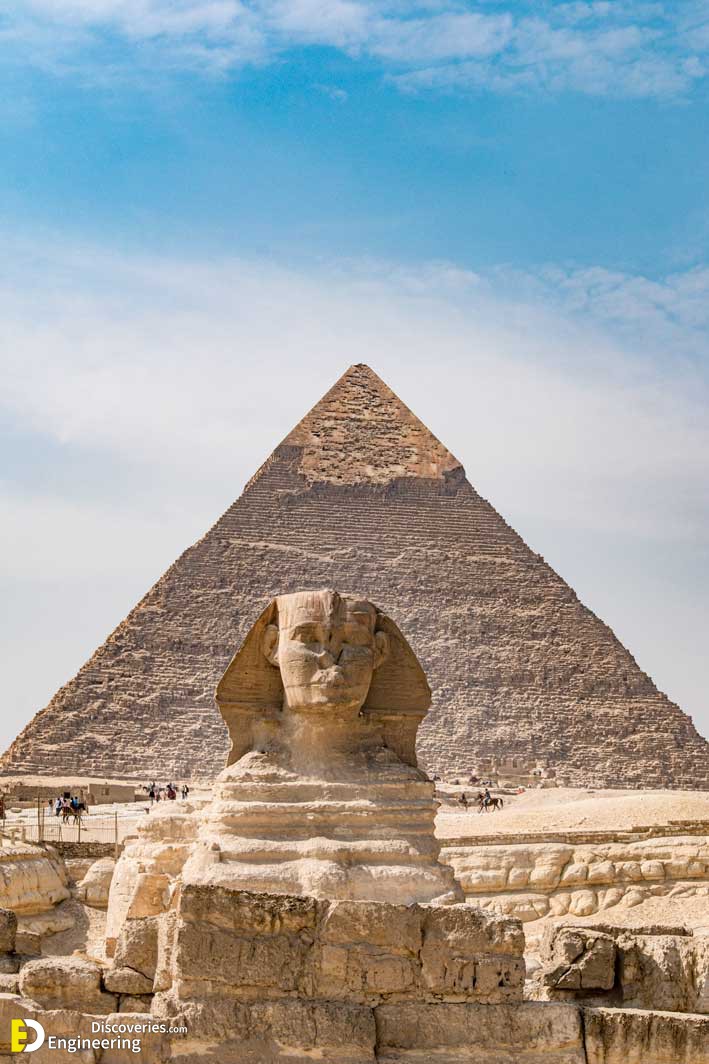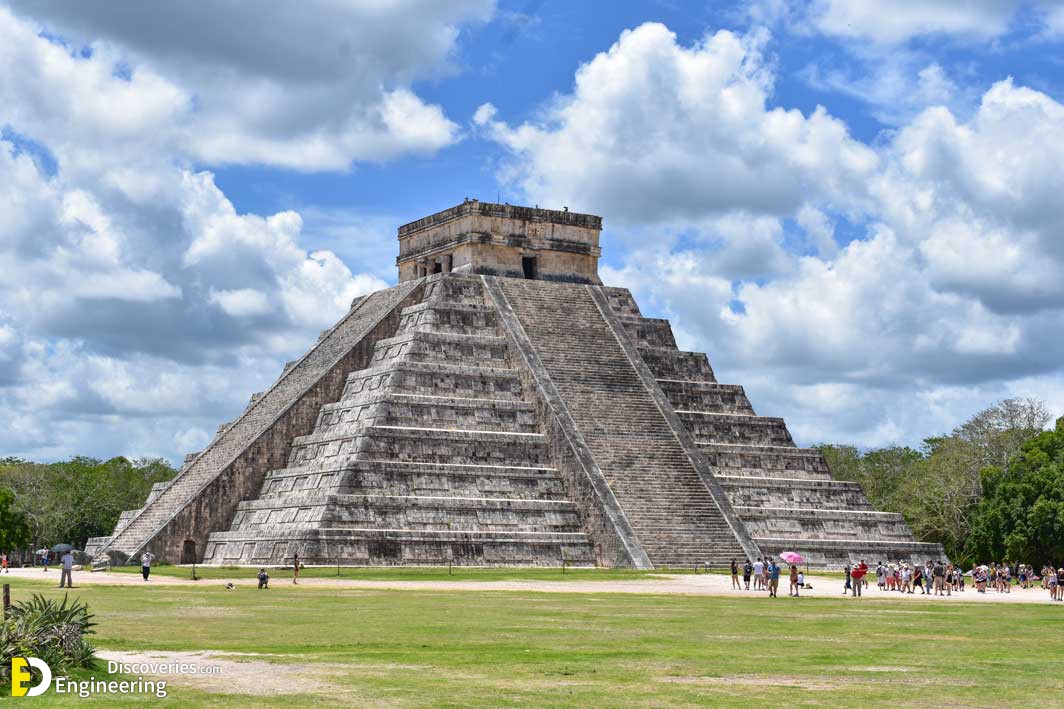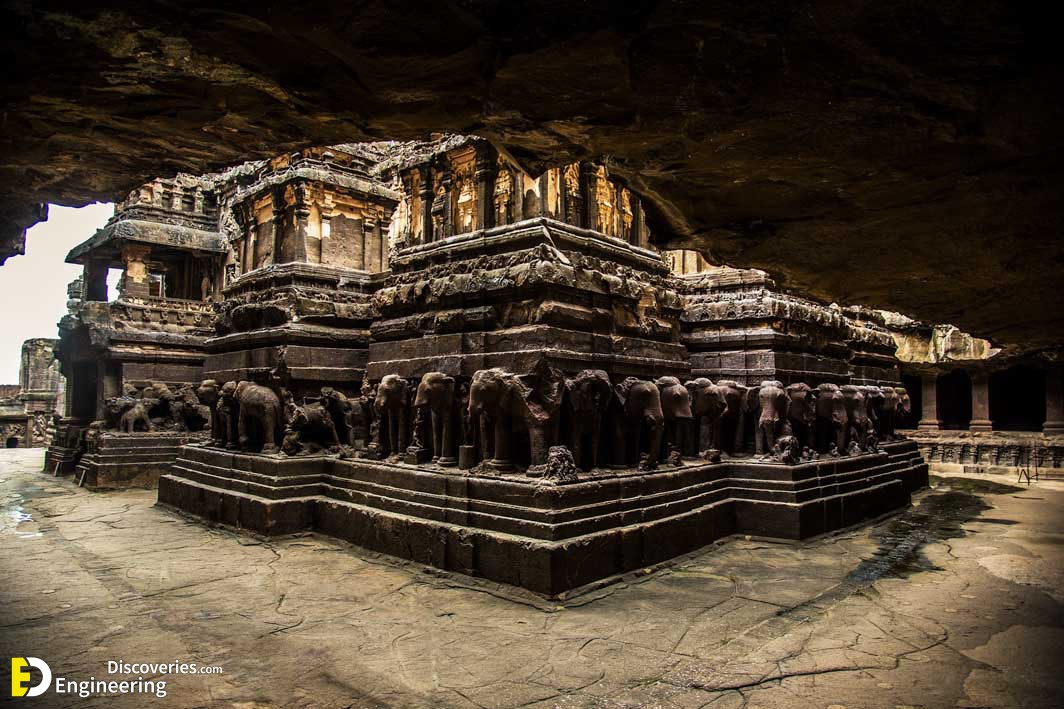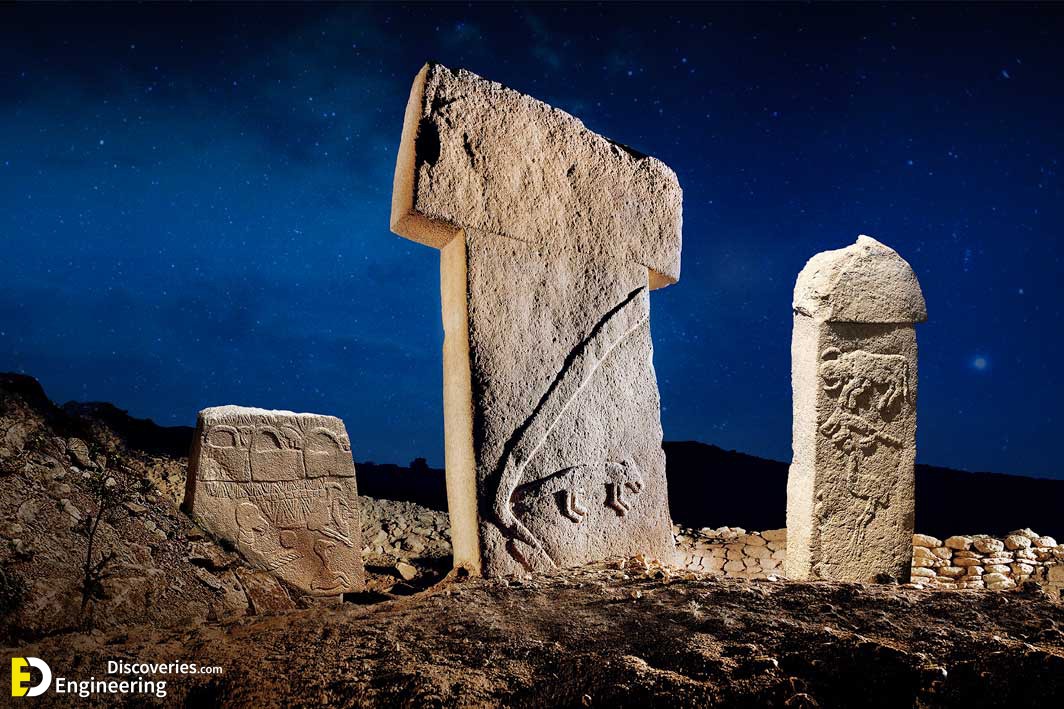The idea behind these 15 historical places in the world list was to spark some bucket list wanderlust in you.
1. Stonehedge
When: 3,100 BC to 2,200 BC
Where: Wiltshire, England
United Kingdom’s most famous ancient site can’t be left out of the list. Especially since it’s older than the Pyramids. Stonehedge is not only among the oldest structures on earth but also among the most mysterious ones.
Who builds Stonehenge? Unknown.
Why was it build? Unknown.
How did the ancient people (who supposedly haven’t even discovered the wheel ) transport 45-ton stones from 200 miles away and managed to lift them so high? Big unknown!
What is known is that Stonehenge was built in several different stages, it has 56 holes that used to hold more stones. The one thing I know about it, ist that Stonehedge is the epitome of a mysterious ancient site and is 100% worthy for your bucket list.
2. Machu Pichu
When: 1,450–1,460 AD
Where: Andes Mountains in Peru
One of the “newest” ancient sites on the list, Machu Pichu may not be as old as some of the other wonders here but is sure to compensate with its magnificent appearance and mythical origin. Located high up in the Andes Mountains in Peru, Machu Pichu is the most famous archaeological site in South America and a must-see for anyone who finds himself near the country.
Abandoned around the 16th century, the “Lost City of the Incas” was never actually lost. Conquistadors and other foreign explorers may have missed it ( it’s still a mystery why ), but local farmers often visit and even inhabited the ruins. It all changed in 1911 when the historian Hiram Bingham rediscovered Machu Pichu for the world.
Today, Machu Pichu’s fame goes far beyond the borders of Peru. It was listed as UNESCO World Heritage Site in 1983 and voted to be one of the New Seven Wonders of the World in 2007.
3. The Colosseum
When: 70-80 AD
Where: Rome, Italy
The eternal symbol of the Eternal City, the Colosseum was commissioned more than 2,000 years ago by Emperor Vespasian as a gift to the Roman people. Many emperors, wars, and disasters later, the Colosseum still stands as marvelous as ever.
The impressive design of the amphitheater allowed easy access to 55,000 people who were seated according to their rank. Just like today, the more wealth you have would equal a better seat close to the action. And there was no lack of action. Gladiator battles, chariot races, wild animal hunts, public executions, and even sea battles were some of the spectacles the ancient Romans could enjoy in the Colosseum.
Voted as one of the Seven Wonders of the Modern World in 2007, the Colosseum is one of those attractions that you simply can’t leave out of your bucket list.
4. The Pyramids And The Sphinx of Giza
When: Between 2,589 to 2,500 BC.
Where: Cairo, Egypt
The Pyramids of Giza are the oldest of the Seven Wonders of the Ancient World. They are also the only ones still standing to this day. The legendary tombs were built more than 4,500 years ago to prepare the Egyptian pharaohs of the Old Kingdom for the afterlife.
The reason behind Sphinx’s construction is still unknown. Egyptologist suggests it may have been intended to associate the pharaoh with the sun god – Ra. Others believe his purpose was to guard the kings. Some even claim the Sphinx is thousands of years older than the Pyramids!
Many mysteries surround the Giza plateau. Scientists are still unaware of the building techniques used to erect the grad monuments. To build just the Great Pyramid of Giza, the ancient Egyptians used more than 2 million limestone blocks, each of them weighing about 2.5 tons. Such a construction process would be complicated even today. How did the ancient people do it, nobody knows.
5. Petra
When: 5th century BC
Where: Wadi Musa, Jordan
A pink sandstone city tucked in a desert canyon? Sign me up!
The “Rose City” of Petra is genuinely an otherworldly place! A honeycomb of caves and tombs, the ancient Nabatean city offers an incredible chance to see 2,500 years old engineering masterpiece. The hand-carved town had such a sophisticated water system that it could support more than 30,000 inhabitants. Let me just repeat – It’s in the middle of the Jordanian wasteland!
Petra was rediscovered in 1812, but it still has many secrets to offer. In 2016, with the help of some satellite images, scientists discovered a monumental structure under the sand they never suspect existed.
The local Beduins believe only 30% of Petra is visible as the other 70% are still buried in the desert. And since they literally live there, I tend to believe them.
The raw beauty of Petra, combined with the camel riding Beduins, and more “recent” Roman ruins is a proven recipe that will instantly transport you back in time.
6. Chichen Itza
When: 6th century AD
Where: Yucatán Peninsula, Mexico
7. Angkor Wat and the Siem Reap Temples
When: Between 900 and 1,400 AD
Where: Siem Reap, Cambodia
Not the oldest temples on the list but definitely among the most famous ones. The temples of Siem Reap were built by the mighty Khmer empire, between the 10th and 15th centuries, and their beauty is still well preserved to this day. The most famous ones are the ancient city complex – Angkor Thom, the temple where Angelina Jolie’s Tomb Raider took place – Ta Prohm, and the crown jewel of the Khmer empire – Angkor Wat.
An undisputed symbol of Cambodia, you can find Angkor Wat on the Cambodian flag and even on the Cambodian money. Constructed in the 12th century, the monument originally honored the Hindu god Vishnu but was later transformed into a Buddhist temple.
Today Angkor Wat is one of the most visited and photographed historical places in the world. If you plan to visit it on sunrise make sure you check my Ultimate Angkor Wat Sunrise Guide and go there prepared.
8. Easter Island
When: 1,400 – 1,650 AD
Where: Pacific Ocean, Chile
This ancient site is the most isolated one on the list. Lying deep off in the Pacific Ocean, Easter Island and its marvelous gigantic statues reflect the gloomy story of a glorious civilization.
The Rapa Nui people had a paradise island on their hands. Being a place full of forests and animals, the first Easter Island inhabitants had little to worry about. The Centre of the Rapa Nui beliefs were the Moai statues. Supposed to personify their ancestors, the Moai played an essential role in the lives of the Rapa Nui. But creating so many sculptures had it tow on the limited resources of the island. In combination with the growing population, the once island of paradise could no longer support its inhabitants. Long story short, the Rapa Nui started to fight each other and ultimately left the island for good.
Today, Easter Island is a UNESCO World Heritage site and certainly one of the most exotic historical places in the world you can add to your bucket list!
9. The Acropolis
When: 5th century BC
Where: Athens, Greece
Probably the most important historical place of the western world, the Acropolis of Athens is an ancient citadel overlooking the capital of Greece. It contains the remains of several ancient buildings, the most famous one being the Parthenon.
The Parthenon, alongside the other more prominent constructions of the Acropolis, was built by Pericles in the fifth century BC as a monument to glorify the achievements of the Athenians. Pericles did his job so well that the Parthenon survived all the tests of time, including dozens of wars, several occupations, and even a few earthquakes.
In 1987 the Acropolis was enlisted as a UNESCO World Heritage Site. Today, if you want to visit the ancient site, better do it first thing in the morning or late in the afternoon. The Acropolis is a top landmark in Europe and one of the most popular historical places in the world so every other visiting hour would stick you among the hordes of tourists flocking to the Acropolis hill.
10. The Terracotta Army
When: 475–221 BC
Where: Xi’an, China
The next ancient site is not so much a historical place but more of a historical collection. The First Emperor Qin’s buried battalions consist of more than 8,000 life-size terracotta warriors and horses. They also carry more than 10,000 bronze weapons! Did I mention that all of their facial expressions are unique?
The details behind the army are extremely precise. For example, all of them are facing east – towards the emperor’s enemies at the time. If you examine them carefully, you can also find traces of paint. That means that back in their early days, they were even more of an impressive site, wearing their brand new colorful uniforms.
One of the greatest archeological discoveries ever, the Terracotta Army rightfully claims the title of the “eighth wonder of the world.”
11. Valley of the Kings
When: During Egypt’s New Kingdom (1,539-1,075 BC)
Where: Luxor, Egypt
The Valley of the Kings may not be as famous as the Pyramids of Giza, but it’s equally jaw-dropping if not even more. Once the ancient pharaohs realized that advertising their afterlife treasure with a big pile of stones is not a wise idea, they replaced the giant monuments with deeply hidden tombs.
A valley next to the capital Thebes was selected for the job. For more than 500 years, every Egyptian pharaoh was buried there. The tomb’s exact location was kept in deep secret, and even the next ruler didn’t know where the graves of his ancestors are.
Sixty-five tombs are discovered today, most of them kept in astonishing conditions. The most famous is the one of the boy king Tutankhamun which treasures became one of Egypt’s most prominent national symbols.
12. The Ellora Caves
When: 6th to 8th century AD
Where: Next to Aurangabad, India
The Ellora cave temples are the most intriguing ancient site in India. A prime example of ancient Indian architecture, this UNESCO World Heritage site was built in the course of 500 years. Creating just the glorious Kailasa Temple took 7,000 laborers over 150 years. Not that surprising considering the fact everything was crafted by hand, with only a hammer and chisel.
Monks from various religions left their mark on the temples turning the Ellora caves into the curious mix of ancient cultures we can observe today.
The abovementioned Kailasa Temple is the most outstanding showpiece of this ancient site. Its life-size elephant guardian statues are something impossible to see anywhere else in the world!
13. Göbekli Tepe
When: 10 – 12th millennium BC
Where: Southeastern Anatolia Region of Turkey
Our top historical in the world list would end with the most underrated site there is. You’ve probably never heard of Turkey’s Göbekli Tepe, right? Is it really that special? Well, this archaic temple was built – wait for it – between 10,000 and 12,000 BC!
To put that in perspective, between your birth and the (supposed) birth of Jesus, there were roughly 2,000 years. In that age, the scientist considers humans to be still living in caves and learning how to hunt and gather. Well, it looks like some of them were competent enough to build something that would last thousands of years. Göbekli Tepe literally rewrote our entire understanding of human history.
The temple was first discovered in 1963, but excavation didn’t begin until 1995. Considered still new in the archeological world, the oldest temple on earth is one of the most fascinating historical places in the world!
Click Here To See Visit The Most Beautiful Places In The World














